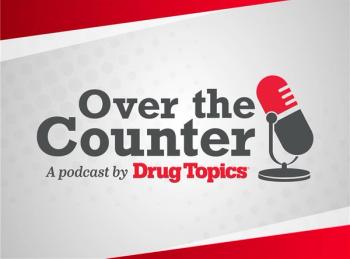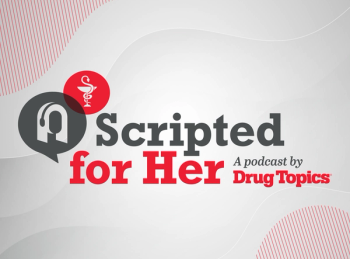
First-in-Class Oral Therapy Is Approved for Uncomplicated Urinary Tract Infection
This novel mechanism of action provides an alternative therapy for patients with recurrence or those who may not tolerate current first-line therapies.
On March 30, 2025, the FDA approved gepotidacin (Blujepa; GSK) for the treatment of uncomplicated urinary tract infections (UTIs) in females 12 years or older with a weight of 40 kg or more. Gepotidacin inhibits type II topoisomerases, resulting in inhibition of DNA replication in susceptible bacteria, including Escherichia coli, Klebsiella pneumoniae, Citrobacter freundii, Staphylococcus saprophyticus, and Enterococcus faecalis. This is a novel mechanism of action for the treatment of UTIs that provides an alternative therapy for patients with recurrence or those who may not tolerate current first-line therapies.
Efficacy
The efficacy of gepotidacin was evaluated in 2 randomized, double-blind, noninferiority trials: trial 1 (
Therapeutic response is a combination of clinical response (resolution of symptoms) and microbial response (all nitrofurantoin-insensitive qualifying pathogens identified at baseline testing are reduced to < 103 CFU/mL) without the addition of other systemic antibiotics. At the test-of-cure visit in trial 1, the composite response, clinical cure, and microbial response rates for gepotidacin are 51.8%, 66.7%, and 72.6% compared with 47.0% (5.3; 95% CI, –2.4 to 13.0), 65.8% (1.5; 95% CI, –5.8 to 8.8), and 66.8% (6.0; 95% CI, –1.2 to 13.1) with nitrofurantoin, respectively. In trial 2, the composite response, clinical cure, and microbial response rates for gepotidacin are 58.9%, 68.2%, and 72.9%, respectively, compared with 44.0% (14.4; 95% CI, 6.4-22.4), 63.6% (4.3; 95% CI, –3.4 to 12.0), and 57.5% (15.5; 95% CI, 7.9-23.1) with nitrofurantoin, respectively.
Safety
In these trials, the most common adverse effects observed with gepotidacin use included diarrhea (16%), nausea (9%), abdominal pain (4%), gas (3%), headache (2%), soft feces (2%), dizziness (2%), vomiting (2%), and yeast infections (2%). If allergic reactions occur, discontinue the medication, start supportive measures, and avoid future use in patients. Patients with a history of QT prolongation or taking concomitant medications that prolong the QT interval should not take gepotidacin. It should not be taken with other strong CYP3A4 inhibitors or inducers. Medications with a narrow therapeutic index that are also metabolized by CYP3A4 should not be taken along with gepotidacin. Although digoxin is not significantly metabolized through the CYP450 enzymes, the manufacturer recommends consideration of digoxin level monitoring when administered with gepotidacin. Some adverse reactions in clinical trials can be linked to increased cholinergic effects, and patients taking concomitant medications that may increase cholinergic effects or who have medical conditions that may be exacerbated by inhibition of acetylcholinesterase should be monitored or avoid use of gepotidacin.
Dosing and Administration
Gepotidacin is available as 750 mg tablets. The recommended dosage is 1500 mg (2 tablets) taken orally twice daily for 5 days. Patients may be advised to take the medication after a meal to lessen stomach upset. Patients with severe renal impairment (estimated glomerular filtration rate < 30 mL/min), on dialysis, or with severe hepatic impairment (Child-Pugh class C) should not use gepotidacin. It has not been studied in pregnant or breastfeeding women. Patients should be counseled to take a missed dose as soon as possible but should not double the dose.
REFERENCES
Blujepa. Package insert. GSK; 2025.
Newsletter
Pharmacy practice is always changing. Stay ahead of the curve with the Drug Topics newsletter and get the latest drug information, industry trends, and patient care tips.























































































































